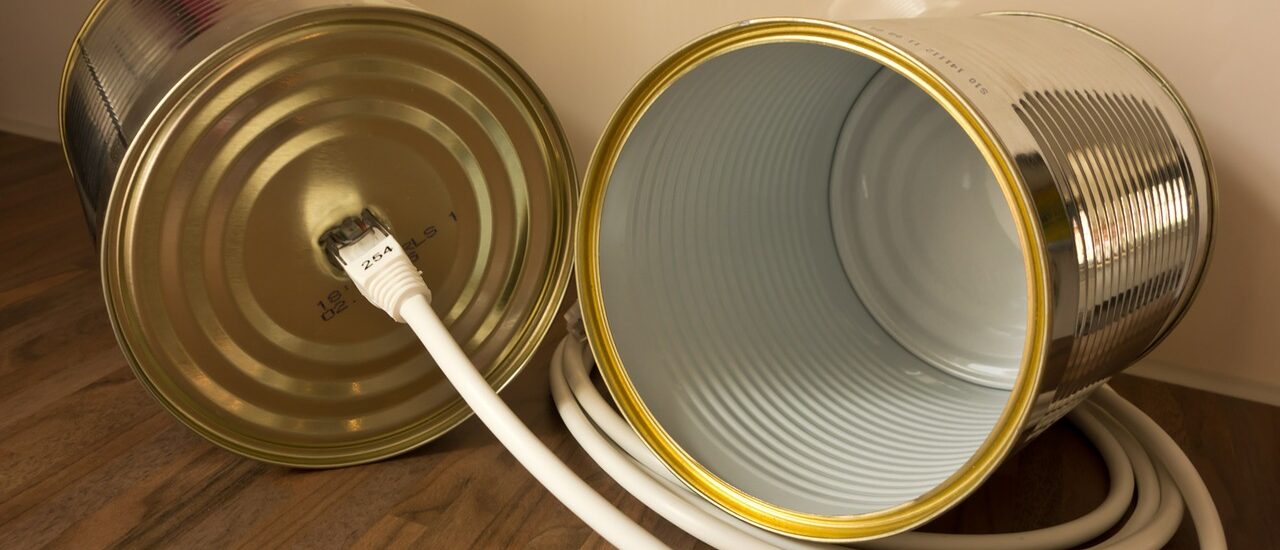wanpipemon -i -c Ta
Valores de interface w1g1 (puerto 1), w2g1 (puerto 2), w3g1 (puerto 3)…etc.
wanpipemon -i w1g1 -c Ta
wanpipemon -i w1g1 -c Ta ***** w1g1: E1 Rx Alarms (Framer) ***** ALOS: OFF | LOS: OFF RED: OFF | AIS: OFF LOF: OFF | RAI: OFF ***** w1g1: E1 Rx Alarms (LIU) ***** Short Circuit: OFF Open Circuit: OFF Loss of Signal: OFF ***** w1g1: E1 Tx Alarms ***** AIS: OFF | YEL: OFF ***** w1g1: E1 Performance Monitoring Counters ***** Line Code Violation : 330 Far End Block Errors : 4215 CRC4 Errors : 0 FAS Errors : 3 Rx Level : > -2.5db
RED Indicates the device is in alarm
LOF (Loss of Framing). Raised after four consecutive frames with FAS error. If RAI and AIS alarms are not indicated, verify that you have selected the proper line framing (i.e T1: ESF, D4, E1:CRC4, NCRC4..etc)
LOS (Loss Of frame Signal)
AIS (Alarm Indication Signal): typicall know as a BLUE Alarm. all-ones signal transmission to the receivingequipment (the Sangoma card) to indicate that an upstream repeater (telco equipment) is in alarm, due to upstream transmission fault, either from another repeater or from the telco itself. If the onlyalarms indicating in the wanpipemon output is AIS:ON, then contact your telco with this information (RAI:ON can also be a possibility in this case as well)
RAI (Remote Alarm Indication): Indicates that the Far end (typically the Telco) is in RED alarm state and sending that message over the line. If the only alarm in your wanpipemon output is RAI:ON then contact your telco with this information.
You will also get this alarm, and only this alarm, if your framing is incorrect.This setting can be changed in the wanpipeX.conf file.
Short Circuit the wires in your cable connected to the port are crossed. If you see this alarm, check the pinouts for the cable you are using. You may also be plugging in the wrong form of cable (straight-through, or cross-over)
Open Circuit No line plugged into the port. Make sure that your connector is plugged in and the wiring is making a good connection. If this alarm is on, you will also Rx Level=’-36′->’-44′.
Loss of Signal Cabling issue. Check the health of the cable plugged into the port, as well as its connection to the port it is plugged into. You will also see the Rx Level either very low, or in a disconnected state: -36 -> -44. It is typical to have this alarm triggers in combination with ‘Open Circuit’ if there is an issue with the physical connection
YEL When the equipment enters a Red-Alarm state, it returns a Yellow-Alarm back up the line of the received OOF. A typical scenario would be mis-configuration during the Sangoma card configuration (i.e selected CRC4 vs NCRC4). In this type of scenario also LOF and RED alarms will be triggered.
Line Code Violation This occurs upon a bipolar violation
Far End Block Errors is reported by the upstream end of the PHY (the wire between you and the switch) on the out-of-band management channel. This means the other end of the line received bad data from you. Possible reason are: line noise, corroded wires..etc. Also, check line Framing (E1: CRC4 vs NCRC4)
CRC4 Errors This occurs when the CRC polynomial calculation performed before transmission does not match the CRC calculation done upon reception.
FAS Errors (Frame alignment signal error). One or more incorrect bits in the alignment word
Rx Level Signal strength of the connection between the Sangoma card and the other end. Health connection will show -2.5db. If you notice your connection lower (i.e. -10db–>-12db, or -36fb, -44 db) Then check the cable or possibly replace it. If the Rx level is very low, it can trigger Loss of Signal Tx, or even Open Circuit tx.
